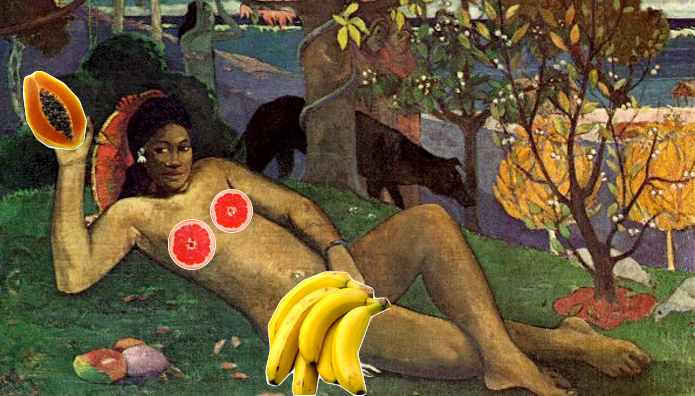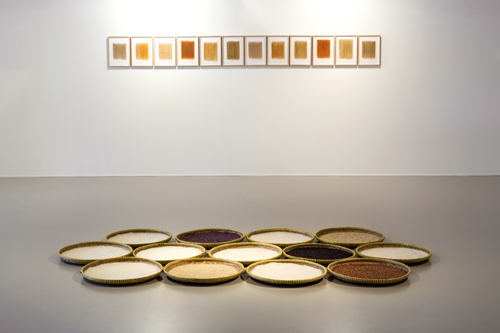 Debat: De exotische blik (Framer Framed (28 februari 2010)
Debat: De exotische blik (Framer Framed (28 februari 2010) Lecture: World art and global art. A new challenge to art history by Hans Belting
Global Art Symposium
Videolecture by Hans Belting held at the Global Art Symposium by the AICA (Austrian and Swiss sections) and the Salzburg International Summer Academy of Fine Arts, 2011. Organized by the AICA (Austrian and Swiss sections) and the Salzburg International Summer Academy of Fine Arts.
Participants
Nancy Adajania, Hans Belting, Bassam El Baroni, Peter Friedl, Samuel Herzog, Monica Juneja, Jitish Kallat, Maria Lind, Gerardo Mosquera, Senam Okudzeto, Simone Wille
Globalisation is generally taken to refer to an economic process. But what does this worldwide development signify for art? Are we at the beginning of a new development, which we might call global art—and what do we understand by this? How far do the new living conditions of globality influence contemporary art? Since art has been internationally linked for centuries, is there now some new quality that distinguishes global art? How does what we might call global art relate to the debate on post-colonialism?
Global Art – Wish or Reality?
For art, globalisation means first of all the end of western hegemony and the beginning of a world trade market. With globalisation, more and more artists enter the global art market, followed by galleries and collectors from a variety of cultures and regions. The influence of globalisation is beginning to emerge clearly in the themes of the artworks.
When can we speak about global art? Does global art refer generally to art created no longer from the standpoint of western cultural superiority, but from the experience of globality and under the conditions of globalisation? Is global art a collective term for works that trace the history of images and their worldwide dissemination—or does it refer to those works, which manage to overcome the long outdated geo-political division of the world into western/non-western?
Is global art the wish for and the promise of a multicentric perception of the world, in which local and global are expressly linked, traditions and current developments juxtaposed, and boundaries of cultural hegemony open to discussion? These issues will be debated by theorists and artists to clarify the term and the concepts involved in ‘global art’.
Date
29–30 July 2011
Location
Künstlerhaus, Salzburg, Austria
Language
English
Concept
Sabine B. Vogel,
Hildegund Amanshauser
Global Art History /
